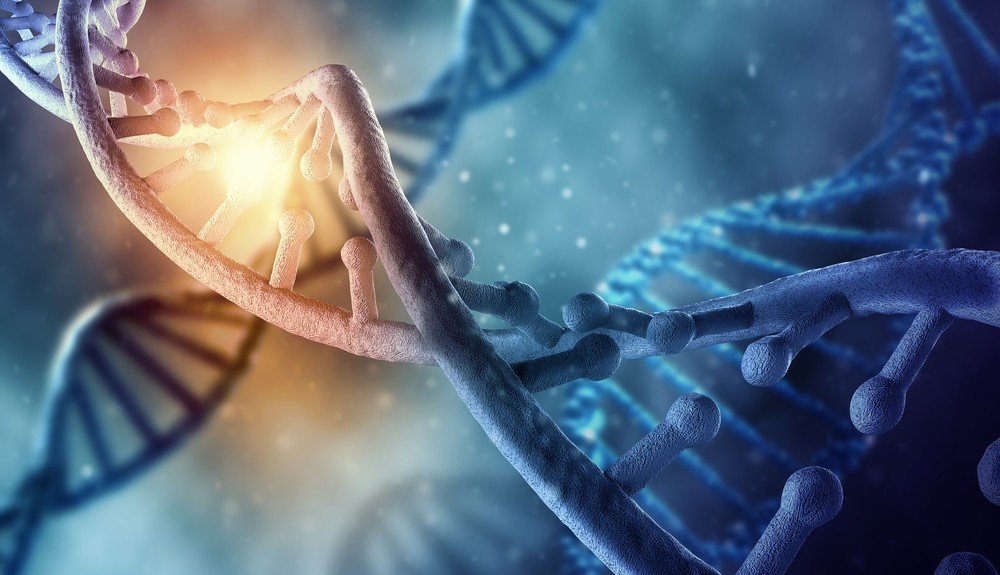High quality library preparation is key to a successful ChIP-seq experiment. Obtaining complex libraries with good coverage and low bias are just some of the features that depend on high quality DNA after performing ChIP assays. As a new user, creating these libraries can seem like a daunting task but including some of our handy top tips can help you make sure you get the most out of your ChIP before sequencing:
1. Always use fresh reagents and consumables
It is important to prepare fresh reagents on the day of library preparation. To maximise sample recovery use low retention tubes which significantly reduce surface binding of DNA to the plasticware.
2. Ensure correct storage of reagents throughout the experiment
Library preparation kits contain enzymes with high rates of degradation at room temperature that affect their reaction efficiency. Ensure enzymes are stored at the appropriate temperatures throughout and return to cold storage immediately after use to preserve stability.
3. Always use a fluorometer to quantify DNA
DNA must be accurately quantified before starting library preparation. Fluorometric techniques that use intercalating dyes to quantify DNA are more accurate and have greater sensitivity than spectrophotometers.
4. Ensure high quality sheared chromatin between 100-500 bp
The success of any ChIP assay is highly dependent on the quality of the chromatin prepared. The chromatin must be sheared between 100-500 bp for ChIP-seq. Chromatrap® have found using a water bath sonicator with 30 second ON/OFF pulses for 15 minutes at a high power setting produces chromatin fragments of 100-500 bp. Ensure that the sample is kept at a stable 4ºC during the OFF phase. Shearing conditions will need to be optimised by the user prior to starting the immunoprecipitation. Further validation is recommended using a microfluidics platform such as the Agilent Bioanalyzer High Sensitivity DNA kit to ensure ChIP samples are of the expected size range and concentration.
5. Always use a ChIP-seq validated antibody
The quality of antibody is critical for generating premium data. Ensure that the antibody is ChIP-seq validated as antibodies verified for other applications may not work for NGS. The Chromatrap® ChIP Seq kit provides a positive H3K4me3 (Cat no 700010) and a negative IgG (Cat no 700014) antibody control in order to help validate your samples for sequencing.
6. Always use high sensitivity kits for library validation
At the beginning and end of library preparation your sample size distribution should be verified using an Agilent Bioanlyzer. Always use a high sensitivity DNA kit to ensure that DNA is accurately quantified and qualified. Remember that any adapters ligated during preparation will add weight to your sample and should be accounted for when performing size selection.
7. Use size selection columns to purify and accurately select DNA ≥200bp
It is essential that libraries are cleaned and size selected both before and after PCR enrichment to ensure unwanted DNA fragments such as unligated primers or primer dimers are not carried over into the sequencing reaction. Ensure the DNA clean up method used removes DNA fragments ≤200bp in length. Chromatrap® supply size selection kits which have spin columns designed to purify and retain DNA fragments ≥200bp.
8. Ensure sufficient DNA is used to prepare the library
The amount of starting material required to obtain sufficient yields of enriched DNA to prepare a ChIP-seq library will depend on the quality of both chromatin and antibody, the abundance of the target protein and gene and the sensitivity and efficiency of the library preparation kit used. The Chromatrap® ChIP-seq kit has been optimised for library preparation with the Chromatrap® ChIP-seq library preparation kit. High quality ChIP-seq data can be obtained from as little as 1000 cells using this. A minimum of 500pg of DNA is required for library preparation using the Chromatrap® ChIP-seq library preparation kit. The input requirements of other library preparation kits will depend on the manufacturers’ limits.
9. Always prepare controls
Peaks identified during sequence analysis must be compared to the same region in a matched control sample in order to verify their significance. There are three commonly used controls: input DNA (DNA that has not been immunoprecipitated); mock IP (DNA treated the same but without antibody during the IP); and non-specific IP (IP with an antibody targeting a protein not known to be involved in DNA binding such as IgG). There is no consensus as to which control is most appropriate to use, however, Chromatrap® recommends using input DNA as this accounts for bias related to shearing and is commonly used in peer reviewed journals.
10. Always validate by qPCR before sequencing
Before beginning library synthesis, we recommend analysing the immunoprecipitated DNA by qPCR using at least one gene-specific positive and one negative control target of your choice. Chromatrap® provides a positive control primer set for GAPDH (Cat no 800000) which has been validated for use with the positive control antibody H3K4me3 (Cat no 700010), to validate your results.
Using one of our revolutionary Chromatrap® ChIP-seq kits and following the tips included in our new app note will help you make sure your ChIP-Seq library preparation holds up to the highest standards. You can also always get in touch with our team if you have any further queries about our ChIP-seq kits.

